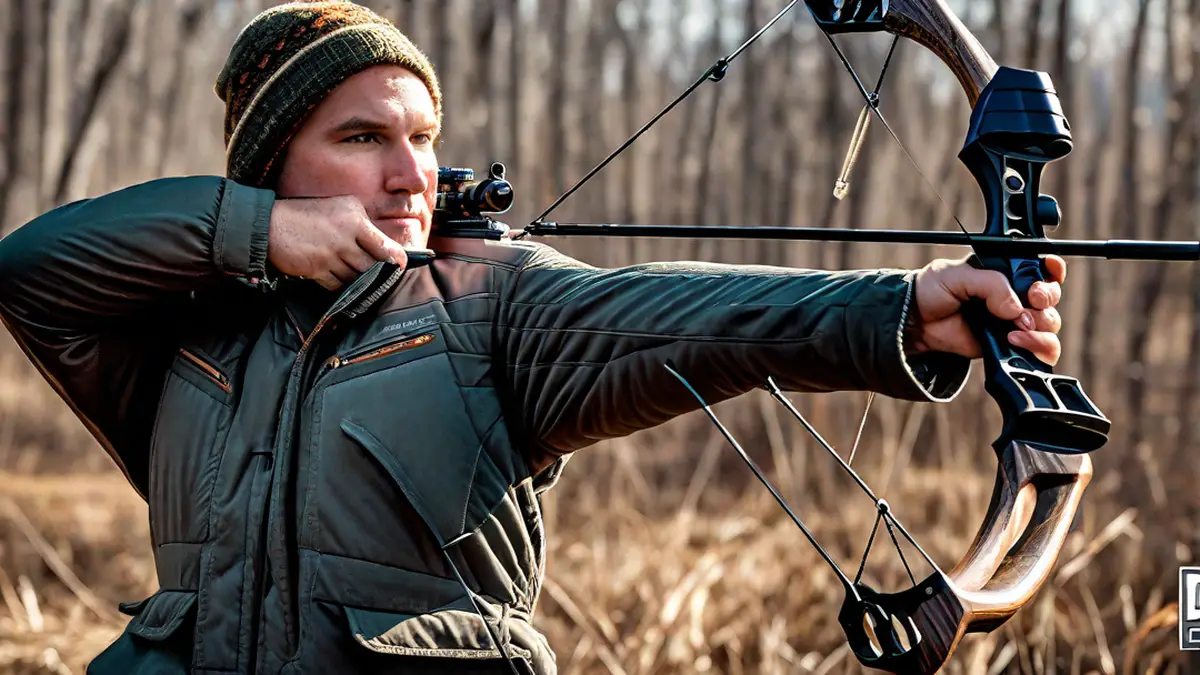When it comes to bow hunting, one of the most important factors to consider is the draw weight of your bow. The draw weight refers to the amount of force required to pull back the bowstring to its full draw position. This is a critical element because it directly impacts the speed and power of your arrow, as well as the accuracy and effectiveness of your shots. As an avid bow hunter myself, I have spent countless hours researching and experimenting with different draw weights to find the perfect balance for my hunting needs.
Before delving into the specifics of the minimum draw weight for bow hunting, it’s crucial to understand the basic principles behind it. The draw weight of your bow should be chosen based on your body strength, hunting style, and the game you intend to pursue. A draw weight that is too heavy will not only be difficult to handle and potentially cause fatigue, but it can also lead to poor shooting form and decreased accuracy. On the other hand, a draw weight that is too light may lack the necessary power and kinetic energy to ethically and effectively harvest game.
So, what is the minimum draw weight for bow hunting? Generally, most states have regulations in place that define the minimum legal draw weight for hunting certain game species. These regulations aim to ensure humane and ethical kills by requiring hunters to use bows with sufficient power to deliver lethal shots. However, it’s important to note that these regulations may vary, so it’s crucial to familiarize yourself with the specific rules and regulations of your state or hunting location.
For example, in some states, the minimum draw weight requirement for bow hunting deer is around 40 pounds. This means that your bow should be capable of delivering at least 40 pounds of force when fully drawn. However, this should not be taken as a universal standard, as different states may have different regulations. Some states may have higher minimum draw weight requirements for larger game, such as elk or bear.
While adhering to the legal minimum draw weight is essential, it’s also worth considering other factors that can influence your hunting success. For instance, the distance at which you intend to shoot, as well as the type of broadheads and arrows you use, can impact the effectiveness of your shot. It’s generally advisable to aim for higher draw weights if you plan on taking longer shots or hunting larger game.
Additionally, personal preferences and physical abilities play a crucial role in determining the ideal draw weight for an individual bow hunter. If you are new to bow hunting or have limited upper body strength, it’s recommended to start with a lower draw weight and gradually increase it as you become more comfortable and proficient. This will allow you to maintain proper form and accuracy throughout your hunts.
In conclusion, the minimum draw weight for bow hunting can vary depending on the game species and the regulations of your hunting location. It’s essential to research and comply with the specific requirements outlined by your state or local authorities. However, while meeting the legal minimum is important, it’s equally crucial to consider your personal abilities, hunting style, and the ethical aspects of delivering an effective and humane shot. Finding the right draw weight for your bow is a personal journey that requires patience, practice, and a thoughtful understanding of your own capabilities.
Conclusion
Finding the minimum draw weight for bow hunting is crucial to ensure a humane and successful hunting experience. While legal regulations set a baseline, it’s important to consider factors such as personal strength, hunting style, and game species. By finding the perfect balance, you can enhance your accuracy, power, and effectiveness as a bow hunter. Remember, bow hunting is not just about the equipment—it’s about the skills, ethics, and respect for the game and nature.
